A bag of tortilla strips, two cans of Bud Light beer, red-and-white striped peppermint candies, and a bag of American grown Blue Ribbon long grain rice were the food offerings to the 1888 ancestral monuments. While appearing somewhat humorous, and jarring to the senses, the Taoist practitioner bridged the age-old Chinese traditions with local modern-day products. Holy water inside a bug sprayer allowed for better coverage of the land to be blessed. This is Ching Ming in the 21st century, East L.A.
On April 4, 2009, the Chinese Historical Society held Ching Ming rites at the Los Angeles Historical/Cultural Marker Number 486 at Evergreen Cemetery. About 45 people attended to support the completion of two historical markers that were in the process of being built. The original historical site, marked by the monuments built in 1888, are the oldest known Chinese structures in Los Angeles. The surrounding area is where the new monument will honor the Chinese ancestors whose graves were covered over in the 1930s. Irvin Lai, who has since passed away, spoke on the need to keep the pressure on Los Angeles City government to complete this project, as the architect’s plans for the memorials were viewed by those who gathered for this Ching Ming event.
The Taoist practioner guided a group of volunteers in offering incense at the Historical Marker, which served as a place for many Los Angeles Chinese Americans to practice their Ching Ming traditional rites from the early days up to 1965, when access to the monuments was denied by Evergreen Cemetery (Evergreen Cemetery was bought by a Chinese American funeral company in 1993). It wasn’t until 1997 that the efforts of the Chinese Historical Society culminated in the restoration of these original monuments, making them accessible again for Ching Ming practitioners.
After everyone had lunch, the group took a walk over to view the graves of Donaldina Cameron and Tien Fuh Wu, one of the slave girls she had saved. Cameron’s grave serves as an ironic historical tidbit in the history of Chinese Americans at Evergreen Cemetery.
For more information on the Ching Ming project, email Gilbert Hom—gilberthom@hotmail.com
Coming event on Irvin Lai:
Chinese American Citizens Alliance & Chinese Historical Society of Southern California Invite You to Attend a Community Memorial Tribute & Celebration Honoring Irvin R. Lai
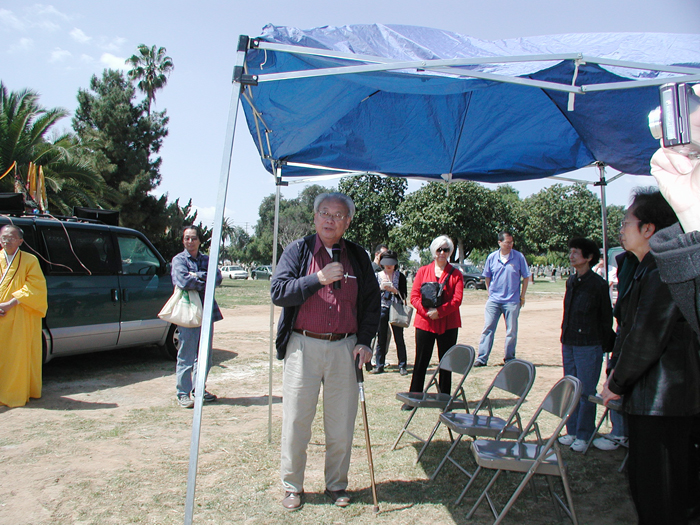
Irvin Lai, past president of Chinese Historical Society, took up many civil rights struggles affecting Chinese Americans.
Saturday, November 6, 2010, 9:45 am – 11:00 am
First Chinese Baptist Church (942 Yale Street, Los Angeles Chinatown 90012)
(Parking in rear: access from Adobe Street off of College.)
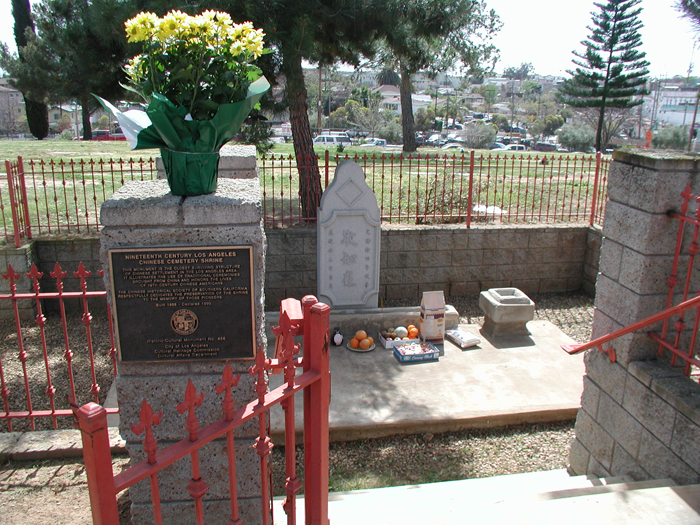
Text of the plaque reads: "Nineteenth Century Los Angeles Chinese Cemetery Shrine. This monument is the oldest surviving structure of Chinese settlement in the Los Angeles area. It illustrates the use of traditional ceremonies brought from China and honors the lives of 19th century Chinese Americans. The Chinese Historical Society of Southern California respectfully dedicates the preservation of the shrine to the memory of those pioneers. Built 1888—Declared 1990"
Prominent community members and leaders will celebrate and give recognition to the life and dedication of Irvin R. Lai. Most notably remembered as the leading spokesman for California’s landmark “Roast Duck Bill” in 1982, Irvin Lai had a significant and enduring impact in fighting for fair and equal opportunities of Chinese Americans in Los Angeles.
For related subjects, see Amerasia Journal 34:3 (2008), “How Do Asian Americans Create Places?”

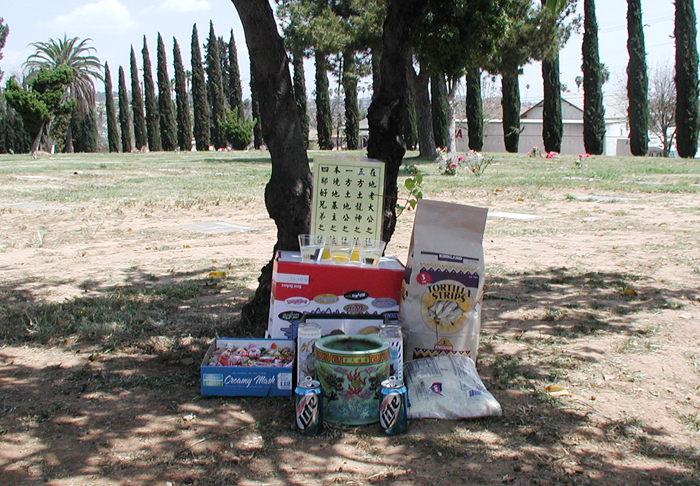
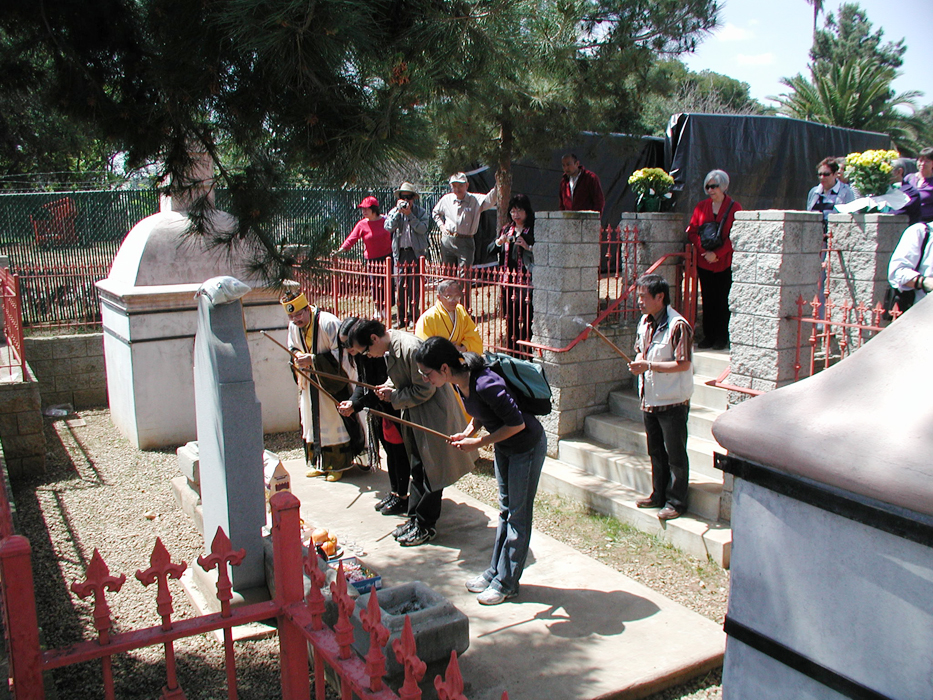
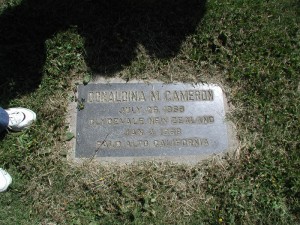
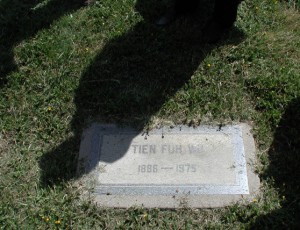
 Amerasia on Facebook!
Amerasia on Facebook!